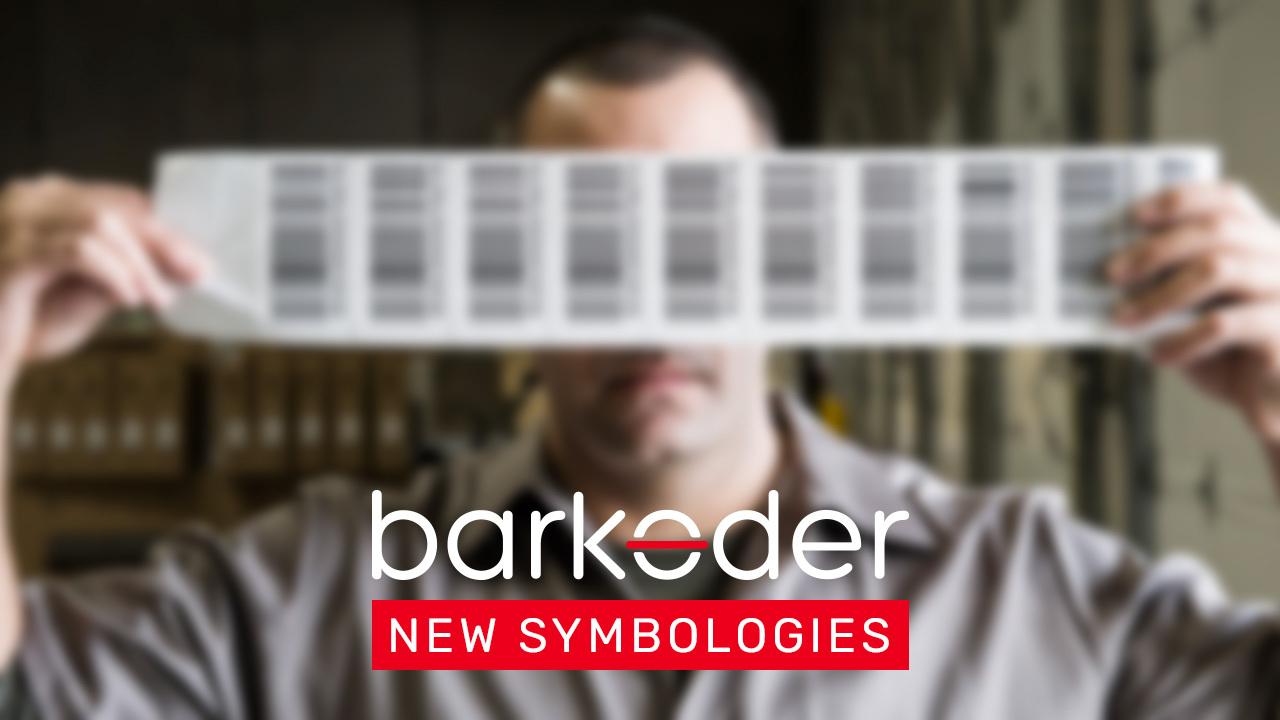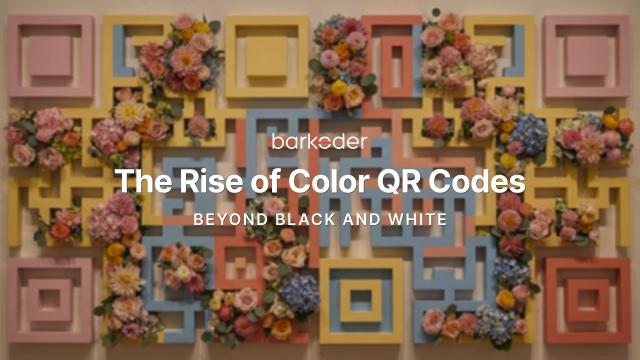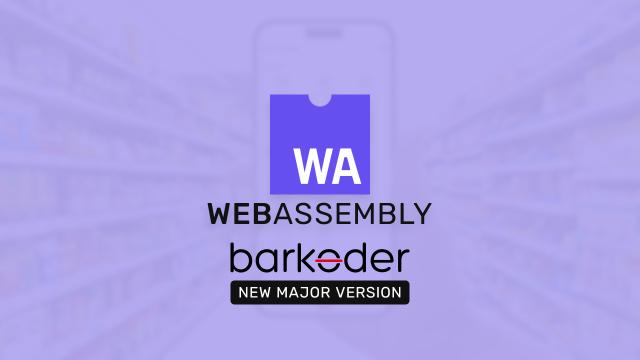
barKoder scanner SDK expands support to new barcode types
The barKoder team is pleased to announce that in the latest 1.2.0 SDK release, we expanded support to several 1D barcode symbologies:
Code 25 is a type of linear barcode that goes by several names, including Code 2 of 5 Industrial and Code 2 of 5 Standard. This barcode is designed to encode numeric data and is similar to another barcode type called Code 25 Interleaved, although there are some differences in how the data is encoded. To create the barcode, narrow and wide bars are used to represent the data, with each digit represented by a sequence of five bars, two of which are wide and three are narrow. The width of the bars and spaces determines the encoded digit, with bars representing ones and spaces representing zeros. To read the barcode, it must be scanned from one end to the other, and the pattern of narrow and wide bars must be decoded.
ITF-14 - The Shipping Container Symbol is created using the ITF-14 barcode. This barcode is utilized for labeling cartons and palettes that contain products with an EAN-13 code. To indicate the packing variant, one digit is added before the EAN-13 code.
Matrix 2 of 5 belongs to the Code 2 of 5 symbology family and has higher density compared to other members. This symbology family was initially created in 1968 and has been primarily utilized in warehouse sorting and photofinishing. The name "2 of 5" comes from the fact that each character is encoded using five elements (bars and spaces) with two being wide and three being narrow.
DataLogic 2 of 5 is also a type of symbol encoding that belongs to the 2 of 5 family. This encoding method uses five characters to store information, two of which are wide and three of which are narrow. What distinguishes DataLogic 2 of 5 from the Standard 2 of 5 symbology is that it uses both spaces and bars to encode information. The Datalogic corporation developed this encoding method in the late 1960s as a higher-density alternative to the Standard 2 of 5 symbologies. However, it is not commonly used today.
Code 32 - In Italy, pharmacies use a barcode called Code 32 (also known as Italian Pharmacode) to encode information about medications for human use. However, this barcode is not widely used outside of Italy. Code 32 is a variation of Code 39 and follows the same rules for symbols, start and stop sequences. However, it only allows numeric digits and capital letters, excluding vowels A, E, I, O, and U.
Telepen barcode can represent all ASCII characters, including printable characters like numbers, capital and lowercase letters, and punctuation marks. It can also represent non-printable control characters like carriage-return, line-feed, and horizontal tab. In double-density mode, an ASCII character is reinterpreted as a pair of numeric characters, allowing for the representation of numeric data. The barcode itself does not differentiate between the two modes, and the interpretation of data as ASCII or numeric is determined by the reading device's configuration. Telepen systems are widely used in many countries, particularly in the UK, where they are commonly used in academic and public libraries. Other users include the motor industry, the Ministry of Defense, and numerous well-known organizations for various applications.






